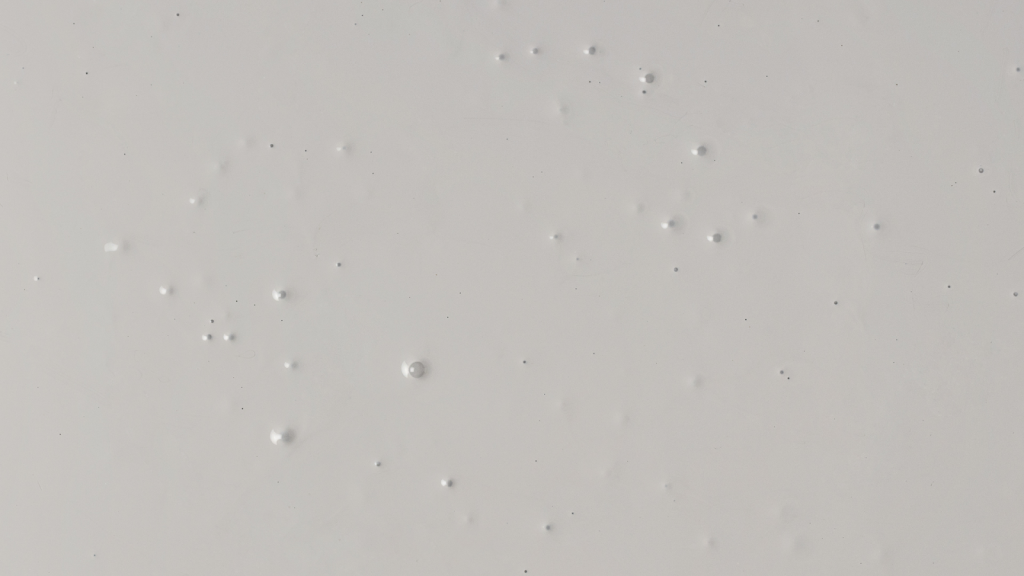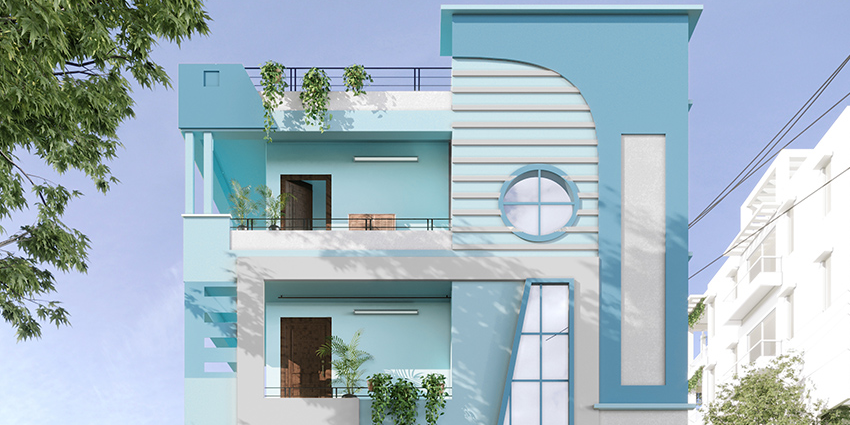In Thailand’s tropical climate, heat control is a key part of comfortable home design. Paint color plays a larger role than many realize, influencing how much warmth your walls absorb or reflect. Lighter shades can help maintain a cooler indoor temperature by reflecting sunlight, while darker tones tend to retain heat and make interiors warmer. Understanding how color affects thermal balance allows homeowners in Pattaya to choose paints that not only enhance appearance but also improve overall energy efficiency.
How Paint Colors Affect Indoor Heat
The color of a wall directly influences how much heat it retains. When sunlight hits a surface, darker tones absorb most of the visible and infrared light, turning it into heat, while lighter tones reflect it away. Measurements from tropical housing environments show that dark-painted walls can become 10–15°C warmer than light-painted walls under full sun. In a country like Thailand, where outdoor temperatures regularly exceed 33°C, that difference quickly transfers into indoor spaces and raises cooling demand.

Increasing the reflectivity of exterior walls can reduce cooling needs by an estimated 3–25 percent, depending on factors such as wall direction and insulation level. In Bangkok, repainting with light-reflective coatings has been shown to lower electricity use by around 700–800 kWh per year, which is roughly 10 percent of total household consumption. Lighter paints also bring down wall surface temperatures by up to 8°C, keeping interiors more comfortable during the afternoon heat.
For homes in coastal areas such as Pattaya, where humidity and sunlight exposure are high, reflective paint colors help reduce both temperature build-up and moisture-related wear. Choosing high Light Reflectance Value (LRV) paints, typically above 70, ensures that walls reflect most sunlight instead of absorbing it. The result is a home that stays cooler, uses less electricity, and maintains its finish longer in Thailand’s tropical environment.
Best Paint Colors for Warm Climates
Selecting the right paint color can make a noticeable difference in how well a home stays cool during Thailand’s long summer months. Light and neutral shades are most effective for reflecting sunlight, maintaining brightness, and keeping indoor temperatures stable. The following color groups perform well in tropical environments like Pattaya, both for function and appearance.
- Off-White and Ivory
These shades have a high Light Reflectance Value (LRV) of around 80–90, meaning they reflect most sunlight instead of absorbing it. They help lower wall surface temperatures and reduce the need for artificial cooling while maintaining a clean, spacious look inside the home.
- Light Beige and Sand
Warm neutral tones such as beige or sand are ideal for coastal homes. They balance natural light, conceal minor dust or salt marks from humidity, and maintain a soft brightness throughout the day without creating glare.

- Pale Grey
A light grey tone offers a cooler visual temperature while still reflecting a large portion of sunlight. It suits modern interiors and complements metallic or wood finishes often used in Thai homes. Grey also helps prevent the yellowing that can occur with pure white in humid conditions.

- Soft Blue or Sky Blue
These colors not only reflect light effectively but also influence visual comfort. The human eye perceives blue hues as cooler, which creates a more refreshing indoor atmosphere. Soft blue tones perform well in rooms that receive strong afternoon sunlight.

- Mint Green or Sage
These natural hues work well in warm climates because they reflect more light than mid-toned greens while still offering color depth. Mint and sage promote a calm, balanced environment and pair easily with natural wood or neutral décor found in many Thai homes.

Choosing from these lighter color families helps maintain thermal comfort, reduces electricity use, and extends the lifespan of wall coatings. When paired with high-quality paint and proper surface preparation, these shades offer both functional and aesthetic value suited to Thailand’s tropical setting.
The Takeaway for Homeowners in Thailand
Managing indoor heat in Thailand starts with choosing paint suited to strong sunlight and humidity. The right color can help regulate temperature, lower energy use, and protect surfaces from gradual wear. Light, reflective tones reduce heat buildup and slow fading, keeping interiors cooler and walls in better condition over time.
In coastal provinces such as Pattaya and Chonburi, EPS applies Local & European expertise to each project. Every home is assessed for orientation, sunlight exposure, and wall condition before any work begins. The focus is on achieving a finish that endures, maintains its color, and contributes to a more comfortable living space. With proper preparation, quality materials, and thoughtful color selection, paint can do more than change appearance; it can improve how a home feels and functions in Thailand’s tropical climate.







